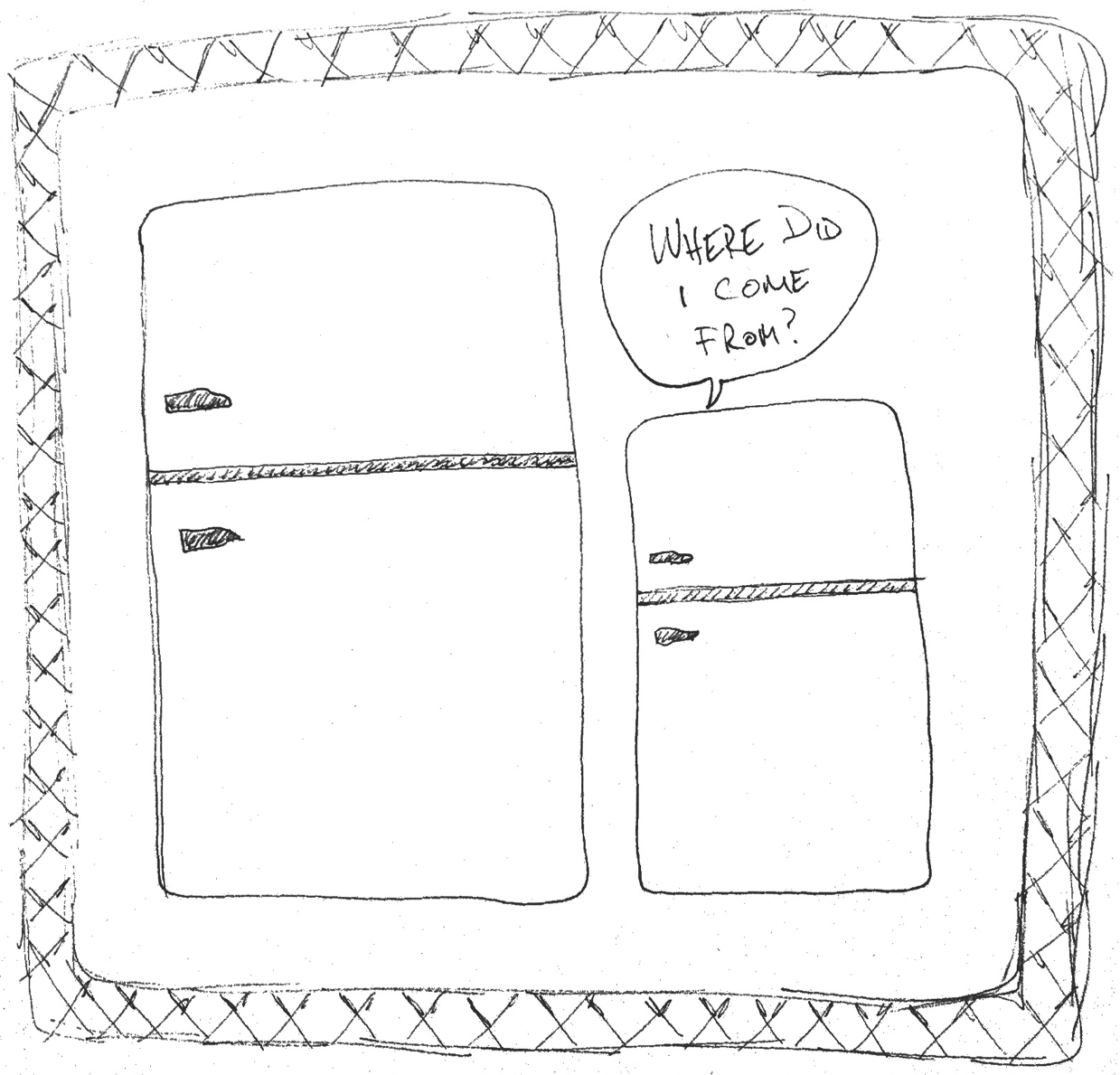When I sent my last newsletter and asked people to write me a letter, I wasn’t entirely confident that anyone would. How amazing that I’ve already received four letters! It’s a very intimate exercise, to entrust me with these letters, with these thoughts and feelings. I don’t take the responsibility lightly.
(If you don’t get my newsletter but want to know more, read about it here, and please do write me a letter. Also, subscribe so you don’t miss exercises like this!)
The first letter I opened is from Kirsten Moore, a fashion designer and maker from Portland, and she gave me her blessing to write about it here. In her letter, she expressed how frustrating it can be when people respond negatively to her when they learn she’s made her outfit or her coat, as if she’s “some sort of freak of nature to be able to make things that are supposed to come from stores, made by machines in mysterious factories overseas.”
Honestly, my first reaction was to be baffled that she encounters anything other than wonder and support in Portland, a place that in my mind is a utopia of makers and making. Good to be reminded there’s no such place of perfection.
I also thought about my own experience waking up to the importance of the provenance of clothing. It was after my family moved to the suburbs of Albany, NY, when I was ten. Before then, we’d lived in Brooklyn. Before then, I wore whatever I wore, and I actually have no recollection of my wardrobe whatsoever.
After moving, though. After moving there was nothing but blatant and baffling social stratification in my life, and the clothes kids wore were somehow tied into the complicated hierarchy. Brands I’d been unaware of were vitally important. Not style, so much, but brands. The cool kids wore clothes from The Gap and The Limited. Uncool kids wore clothes from Champion or Kmart. The least cool kids of all wore handmade clothes.
I hate that, looking back on this exceptionally difficult time in my life, I felt I couldn’t get to know those kids wearing handmade clothes, for fear of being ostracized by association. When, in fact, I was ostracized for any number of reasons, regardless.
Have you encountered this kind of judgment as an adult, like Kirsten has? I’m relieved to say I haven’t. Then again, the stuff I make isn’t sewn clothing (and I long ago released myself from brand judgment, relaxing into my own style and caring about branding only when it relates to how and from what my clothes are made).
Something else Kirsten said struck me in an entirely unexpected way. She said, “It is also irritating to me that people don’t seem to realise that everything they own was made by hand. Just not their hands. Someone made your phone, your computer, all of your shoes and clothes, furniture, car, refrigerator, pots and pans… Yes, certain parts are machined, but more passes through human hands than most people realise.”
She’s right, of course. That’s not what surprised me. What surprised me was that I wanted to discuss her experience with you here on the blog, and I wanted to draw an illustration to go along with it. I can’t remember the last time I drew anything, save for countless buses (big! big buses!) for my kid.
So here you go. Thank you, Kirsten, not only for putting pen to paper to share a piece of your creative frustration with me, but also for inspiring me to put pen to paper in a new way, myself.


I am so very nervous when I share my art on my blog. Not so much my knitting but I’m new to the world of fine art and I’m learning (finally) how to draw. My stuff is amateurish and needs a lot of improvement but I’m glad I’m taking that risk. I’m very afraid of ending up on a failblog or just getting a nasty gram about my lack of skills.
However, I think people forget that everyone starts off as a newbie. I’m sure da Vinci’s doodles from childhood left a lot to be desired. These are skills (like walking!) that need to be honed and refined over time.